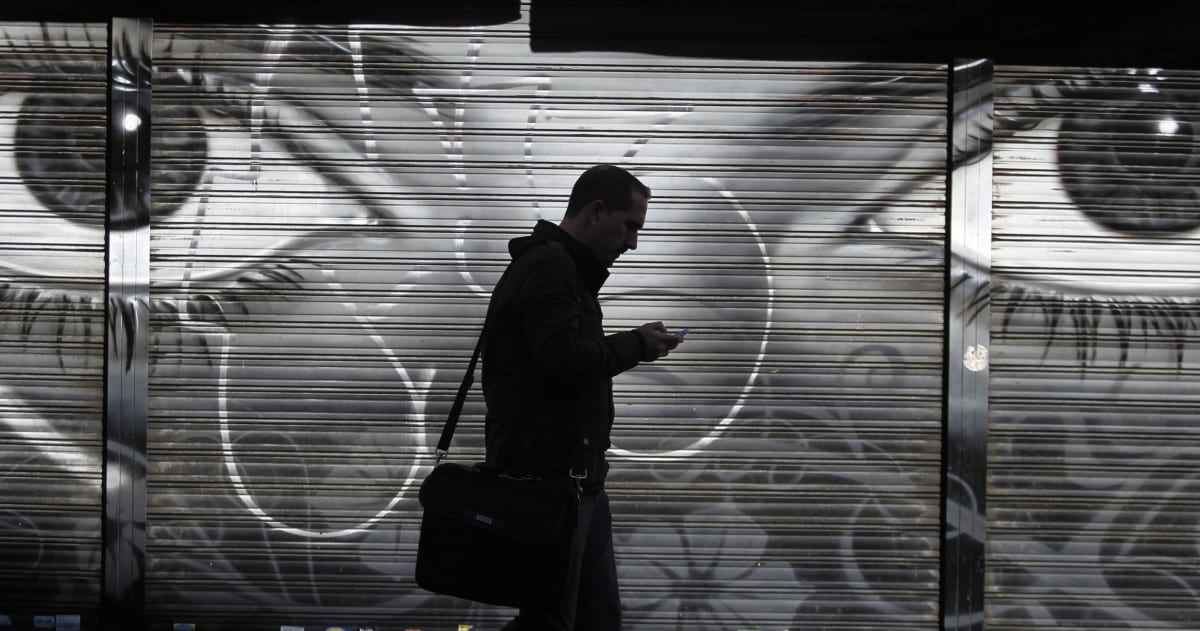
Journalists and free press advocates are responding with alarm to newly released documents revealing the U.S. government’s secret rules for using Foreign Intelligence Surveillance Act (FISA) court orders to spy on reporters, calling the revelations “important” and “terrifying.”
The documents—obtained and released by the Freedom of the Press Foundation and the Knight First Amendment Institute at Columbia University through an ongoing Freedom of Information Act (FOIA) lawsuit filed last November—confirm long held suspicions that federal officials can target journalists with FISA orders.
New documents – obtained by @knightcolumbia and @FreedomofPress – appear to confirm longstanding suspicion that government has relied on Foreign Intelligence Surveillance Act to monitor journalist communications. @2ramyakrishnanhttps://t.co/VFDjk9oJqq pic.twitter.com/ybnEeuNsby
— Knight 1st Amendment (@knightcolumbia) September 17, 2018
The two 2015 memos from former Attorney General Eric Holder to the Federal Bureau of Investigation (FBI) lay out procedures to ensure that the attorney general or deputy attorney general signs off on any FISA applications “targeting known media entities or known members of the media.”
These secret rules, as Cora Currier reported for The Intercept, “apply to media entities or journalists who are thought to be agents of a foreign government, or, in some cases, are of interest under the broader standard that they possess foreign intelligence information.”
“There’s a lack of clarity on the circumstances when the government might consider a journalist an agent of a foreign power,” Ramya Krishnan, a staff attorney with the Knight Institute told Currier. “Think about WikiLeaks; the government has said they are an intelligence operation.”
Additionally, even if they aren’t personally targeted by FISA orders, Krishnan pointed out that “journalists merely by being contacted by a FISA target might be subject to monitoring—these guidelines, as far as we can tell, don’t contemplate that situation or add any additional protections.”
Freedom of the Press Foundation executive director Trevor Timm noted that while “the fact that these were kept secret during the Obama administration is cause for great concern,” President Donald Trump “has repeatedly stated his hatred for the media, and his Attorney General Jeff Sessions has already tripled the amount of leak investigations since the Obama era (when they were already at an all time high).”
“This is critically important information at a time when press freedom has been under threat from the government, and its role in our democracy has never been more important,” Timm added, calling on the DOJ to disclose how often journalists have been subjected to FISA court orders, and why the rules were kept secret until this suit.
“It makes me wonder, what other rules are out there, and how have these rules been applied?” Victoria Baranetsky, general counsel with the Center for Investigative Reporting, previously of Reporters Committee for the Freedom of the Press, told Currier. “The next step is figuring out how this has been used.”
The DOJ’s rules for obtaining a FISA court order to target a journalist, Timm explained, “are entirely separate from—and much less stringent—than the rules for obtaining subpoenas, court orders, and warrants against journalists” detailed in the DOJ’s “media guidelines,” which Holder “strengthened in 2015 after several scandals involving surveillance of journalists during the Obama era.”
However, Holder’s guidelines still concerned media advocates, Currier noted, “because they left room for the use of National Security Letters,” which “are administrative orders with which the FBI can obtain certain phone and financial records without a judge’s oversight.” Currier previously reported on the FBI’s 2013 rules for such orders, and concerns about them, in 2016.
You can read the DOJ’s rules for targeting journalists with FISA court orders here.
Reprinted with permission from Common Dreams.

